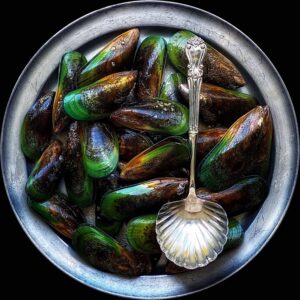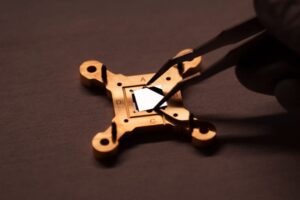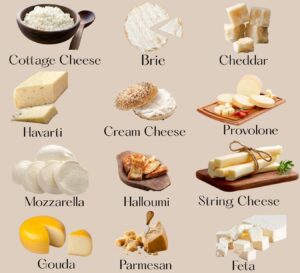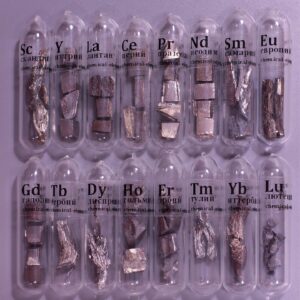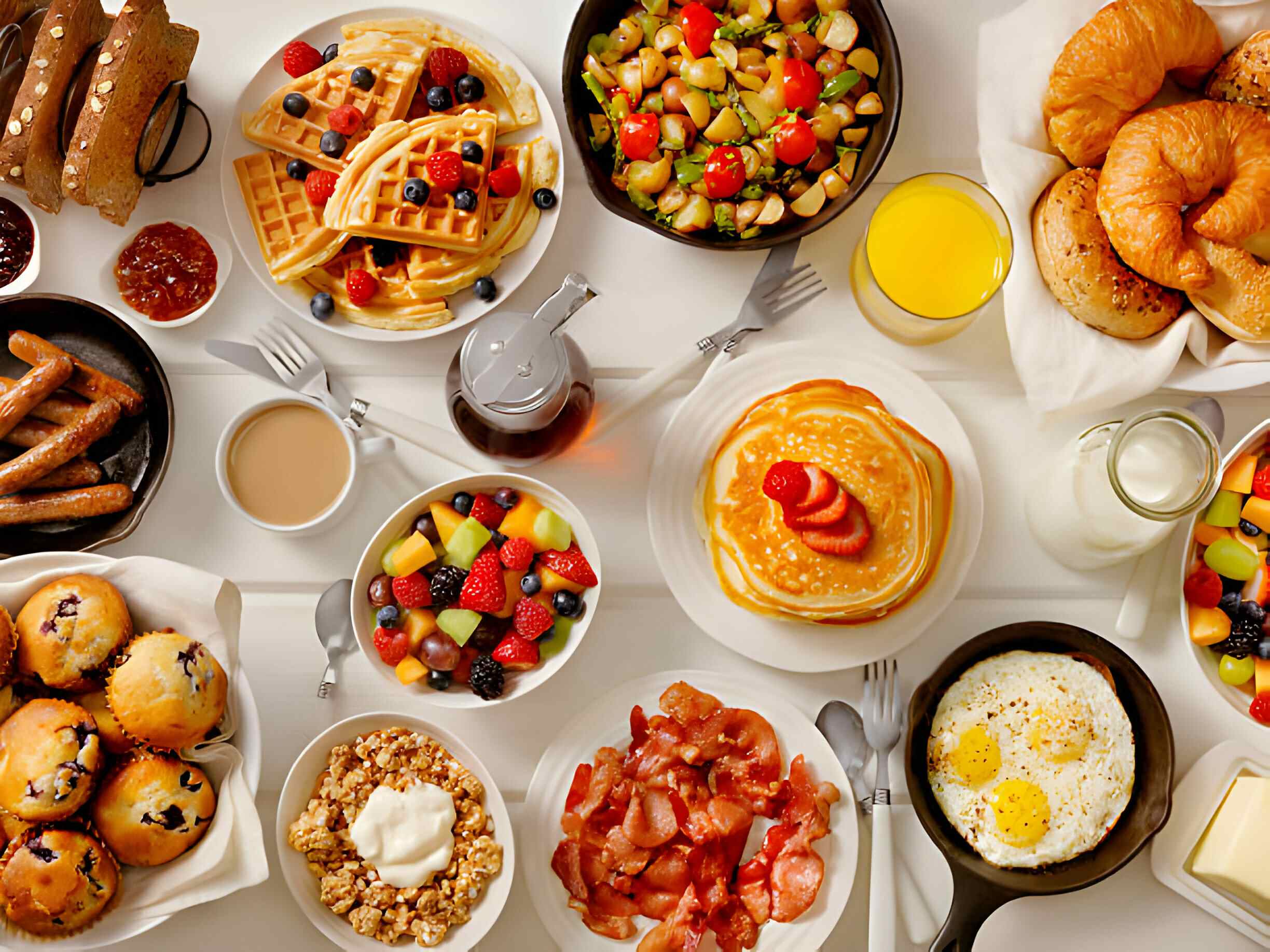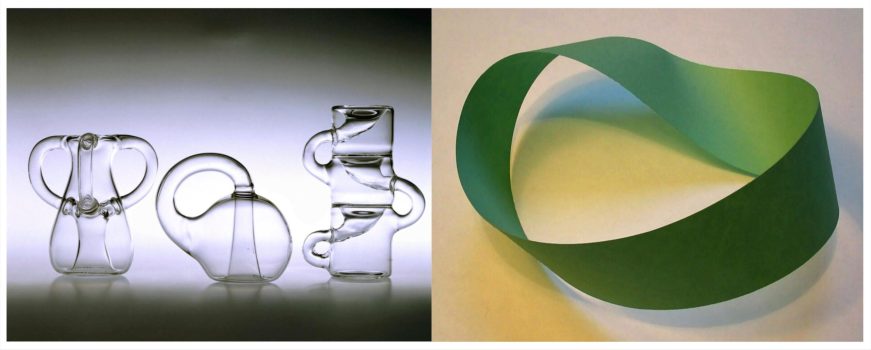 Pin
Pin Image from Science Museum Group Collection & Wikimedia Commons
Most shapes make sense. A cup holds water, a ball rolls, a box has inside and outside. But then come two strange rebels of geometry: the Klein Bottle and the Möbius Strip. These are not your ordinary shapes; they bend space in ways that feel like tricks from a magician’s book.
The Möbius Strip is just a simple loop with a twist—but that twist changes everything. Suddenly, what you thought were two sides becomes one. The Klein Bottle takes that twist even further, creating a shape that has no real inside or outside. These objects aren’t just puzzles—they’re a window into a world where logic takes a playful turn. And yes, they’re real, not just abstract ideas.
Table of Contents
The Möbius Strip
The Möbius Strip may look like an ordinary loop, but give it a twist before joining the ends, and suddenly, it becomes something mind-bending. Discovered in 1858 by two German mathematicians, August Ferdinand Möbius and Johann Benedict Listing, this simple paper-and-tape experiment opened doors to a new way of thinking about surfaces.
What makes it so special? If you trace your finger along its surface, you’ll never cross an edge. There’s no front or back—just one continuous side. This tiny twist breaks the most basic rule of what we know about shapes: that things should have an inside and an outside. Artists, engineers, and even nature lovers have found inspiration in its paradox. It’s the kind of simplicity that hides deep complexity—and that’s why the Möbius Strip still fascinates scientists and dreamers alike.
A Closer Look at the Klein Bottle
Now, take the Möbius Strip’s one-sided magic and push it a step further—you get the Klein Bottle. Proposed by German mathematician Felix Klein in 1882, this shape looks like a bottle, but don’t expect to pour water into it. It’s a surface with no boundaries, no inside, and no outside. In short, it doesn’t behave like any bottle you’ve ever seen.
Here’s the catch: a true Klein Bottle can’t exist in our three-dimensional world. To create one without cutting or overlapping, you’d need four dimensions. The ones you see in glass or plastic? They’re clever illusions, approximations of something that really belongs in higher dimensions. It’s like nature saying, “Nice try, humans.” The Klein Bottle is both art and science, a real-world glimpse into dimensions we can’t fully touch but can imagine through mathematics.
Why These Shapes Matter Beyond Curiosity
At first glance, the Möbius Strip and Klein Bottle seem like toys for math geeks. But their influence stretches far beyond blackboards. Engineers use the Möbius design in conveyor belts to wear evenly on both sides, doubling their life span. Artists borrow its curves to create mesmerizing sculptures and jewelry. Even nature sneaks in this twist—DNA strands sometimes form Möbius-like loops.
The Klein Bottle, on the other hand, sparks ideas in fields like topology, theoretical physics, and even computer graphics. It challenges the way we think about space and dimension, inspiring solutions in complex modeling and 3D simulations. These shapes remind us that weird ideas often lead to practical innovation. Sometimes, the path to the next big thing begins with a humble paper strip and a twist.
The Magic of One-Sidedness
What does it mean for something to have just one side? Take a strip of paper and mark one edge in blue, the other in red. Now give it a half twist and tape the ends together. Start tracing a line on the blue side, and before you know it, you’re drawing on the red. There’s no crossing over—you’ve been on one continuous surface all along.
This idea blows apart our everyday notions. We expect objects to have two sides, front and back, inside and outside. The Möbius Strip refuses those rules, and the Klein Bottle goes even further. These shapes live in a reality where boundaries blur, and that’s why they fascinate mathematicians. They show that space isn’t always as simple as it seems—and sometimes, one side is all you need.
Where You Can Spot These Shapes in Real Life
You might think Möbius Strips and Klein Bottles live only in math books, but they’ve slipped into our world in clever ways. Möbius designs appear in conveyor belts so both sides get equal wear. Artists use them in sculptures, making shapes that look like they twist forever. Even recycling symbols borrow the Möbius loop idea—a nod to continuity.
Klein Bottles, though harder to find, make fascinating art pieces. Glassmakers craft elegant versions that look like a bottle swallowing itself. You can also see them in high-end puzzle shops or science museums, often as conversation starters. While they can’t truly exist in three dimensions, their approximations spark curiosity and make abstract math feel tangible.
The Role They Play in Science and Tech
Möbius Strips and Klein Bottles aren’t just mathematical novelties—they shape ideas in modern science. The Möbius concept pops up in physics when studying magnetic fields or designing advanced electronic circuits. Its continuous surface inspires new materials and energy systems that aim to reduce friction and waste.
The Klein Bottle, though trickier, sparks innovation in topology and theoretical physics. It helps scientists visualize complex dimensions and phenomena, like wormholes or curved space in cosmology. Computer graphics also borrow from these concepts to create realistic models of twisted surfaces. These quirky shapes remind us that deep insights often start as playful experiments with paper and tape.
Why Artists Love These Shapes
Artists adore the Möbius Strip and Klein Bottle because they break symmetry in the most elegant way. A Möbius loop isn’t just math—it’s poetry in form. Its endless twist symbolizes infinity, continuity, and balance, making it a favorite for jewelry, sculptures, and even architectural designs that challenge perspective.
The Klein Bottle, with its self-intersecting grace, is a dream for glassmakers and digital artists. It looks like a bottle bending through itself, creating shapes that seem impossible yet mesmerizing. These objects spark creativity by blurring the line between art and science, reminding us that beauty often hides in complexity—and a little math can turn into pure visual magic.
How These Shapes Challenge Our Minds
Our brains are wired to understand edges, sides, and boundaries. The Möbius Strip laughs at that. When you realize it has only one side, your sense of space flips. It’s like a riddle your mind keeps trying to solve, even after you think you get it. That’s why mathematicians love these shapes—they stretch the limits of intuition.
The Klein Bottle adds another twist—literally. It takes the concept of one-sidedness and asks, “What if we go beyond three dimensions?” You can’t fully picture it without stepping into abstract thinking. These objects invite us to think differently, proving that even the simplest materials can spark big questions about reality.
Fun Ways to Experience Them Yourself
You don’t need a math degree to enjoy these shapes. Start with a paper strip—give it a half twist, tape the ends, and voilà! You have your own Möbius Strip. Try coloring the “sides” or slicing it down the middle. The surprises will keep you hooked. It’s hands-on fun that turns geometry into play.
For a Klein Bottle experience, head to a science museum or order a glass replica online. Hold it in your hands, and you’ll see why it fascinates people. There are also interactive 3D models and apps that let you twist and turn these shapes virtually. Playing with these ideas is more than fun—it’s a peek into the beauty of mathematics.
Why These Shapes Still Matter Today
More than 150 years after their discovery, the Möbius Strip and Klein Bottle continue to inspire. They show that even the simplest concepts can hide incredible depth. These shapes have left their mark on art, science, and technology, proving that curiosity leads to unexpected breakthroughs.
In a world racing toward complexity, these elegant objects remind us of the power of simplicity. A twist of paper or a looping glass form can unlock ideas about dimensions, infinity, and design. They’re not just math curiosities—they’re bridges between imagination and reality, inspiring thinkers, creators, and dreamers everywhere.
FAQs
Yes! All you need is a strip of paper, a half twist, and tape. It’s a fun experiment that will surprise you with its one-sided nature.
Not in three dimensions. True Klein Bottles need four dimensions, but glass replicas are clever approximations you can buy or see in museums.
They help scientists and engineers solve complex problems, inspire art, and challenge how we think about space and dimensions.
They appear in conveyor belts, recycling symbols, and even molecular structures like DNA loops.
Mostly, yes. They’re beautiful art pieces and conversation starters, but they also teach deep mathematical concepts in a visual way.













